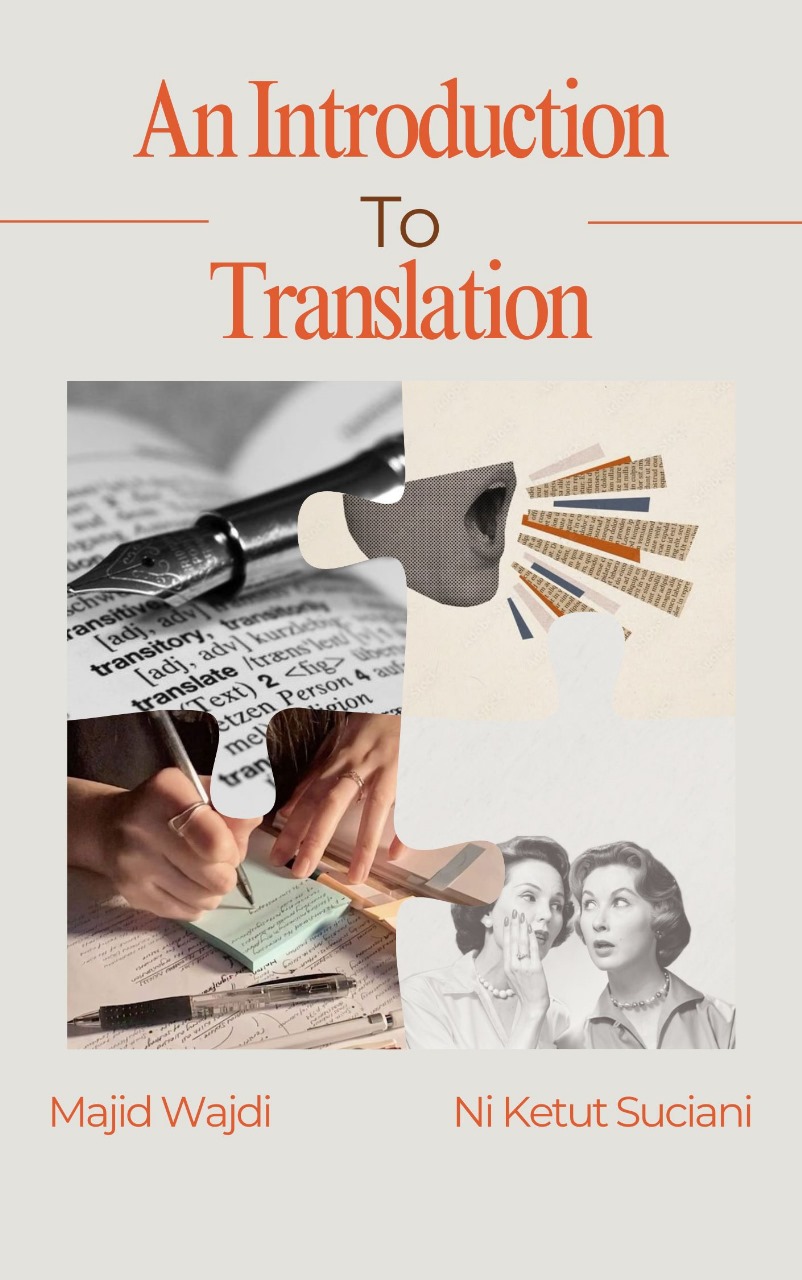Chapter 1 Introduction to Translation: Definition, Scope, and Importance
Keywords:
translation, definitionAbstract
This chapter introduces the concept of translation, its definition, scope, and significance in linguistic and cultural contexts. The objective of learning this topic is to understand the fundamental principles of translation, including its role in communication, literature, and professional fields. The method of learning involves a combination of theoretical study and practical application, where learners analyze different translation approaches, evaluate their effectiveness, and practice translating various text types. The analysis explores key translation theories, such as equivalence, functionalism, and dynamic translation, to highlight the challenges and strategies involved in ensuring accuracy and cultural relevance. The discussion also examines the impact of translation on global communication and knowledge exchange. The conclusion emphasizes that translation is more than a linguistic process; it is an essential tool for cultural preservation and international discourse. Mastering translation skills enhances cross-cultural understanding and opens opportunities in professional translation, localization, and interpretation.
Downloads
References
Hatim, B., & Munday, J. (2019). Translation: An advanced resource book for students (2nd ed.). Routledge.
Sinner, C., Paasch-Kaiser, C., & Härtel, J. (Eds.). (2020). Translation in the digital age: Translation 4.0. Cambridge Scholars Publishing.
Winters, M., Deane-Cox, S., & Böser, U. (Eds.). (2024). Translation, interpreting and technological change: Innovations in research, practice and training. Bloomsbury Academic.
Downloads
Published
Issue
Section
License
Copyright (c) 2025 Majid Wajdi, Ni Ketut Suciani (Author)

This work is licensed under a Creative Commons Attribution-NonCommercial-ShareAlike 4.0 International License.
License Terms
1. Open Access Policy
This journal provides immediate open access to its content, supporting the principle that making research freely available to the public fosters greater global knowledge exchange.
2. License Type
All articles published in this journal are distributed under the Creative Commons Attribution License (CC BY 4.0). This license allows others to:
- Share: Copy and redistribute the material in any medium or format.
- Adapt: Remix, transform, and build upon the material for any purpose, even commercially.
Under the following terms:
- Attribution: You must give appropriate credit, provide a link to the license, and indicate if changes were made. You may do so in any reasonable manner, but not in any way that suggests the licensor endorses you or your use.
3. Author Rights
Authors retain the following rights:
- The right to use the substance of the article in future publications of their own, provided that proper acknowledgment is given to the original publication in this journal.
- The right to reproduce the article for their own purposes, including for educational use.
4. Copyright
Authors who publish in this journal agree to the following terms:
- The copyright for articles remains with the authors.
- Authors grant the journal a non-exclusive license to distribute their work and ensure its indexing and visibility through various repositories.
5. Responsibility
The journal holds no responsibility for content accuracy, completeness, or reliability. Responsibility lies solely with the authors of the published work.
6. Revisions and Updates
These license terms may be revised or updated. Any changes will apply to future articles submitted after the date of the update.



